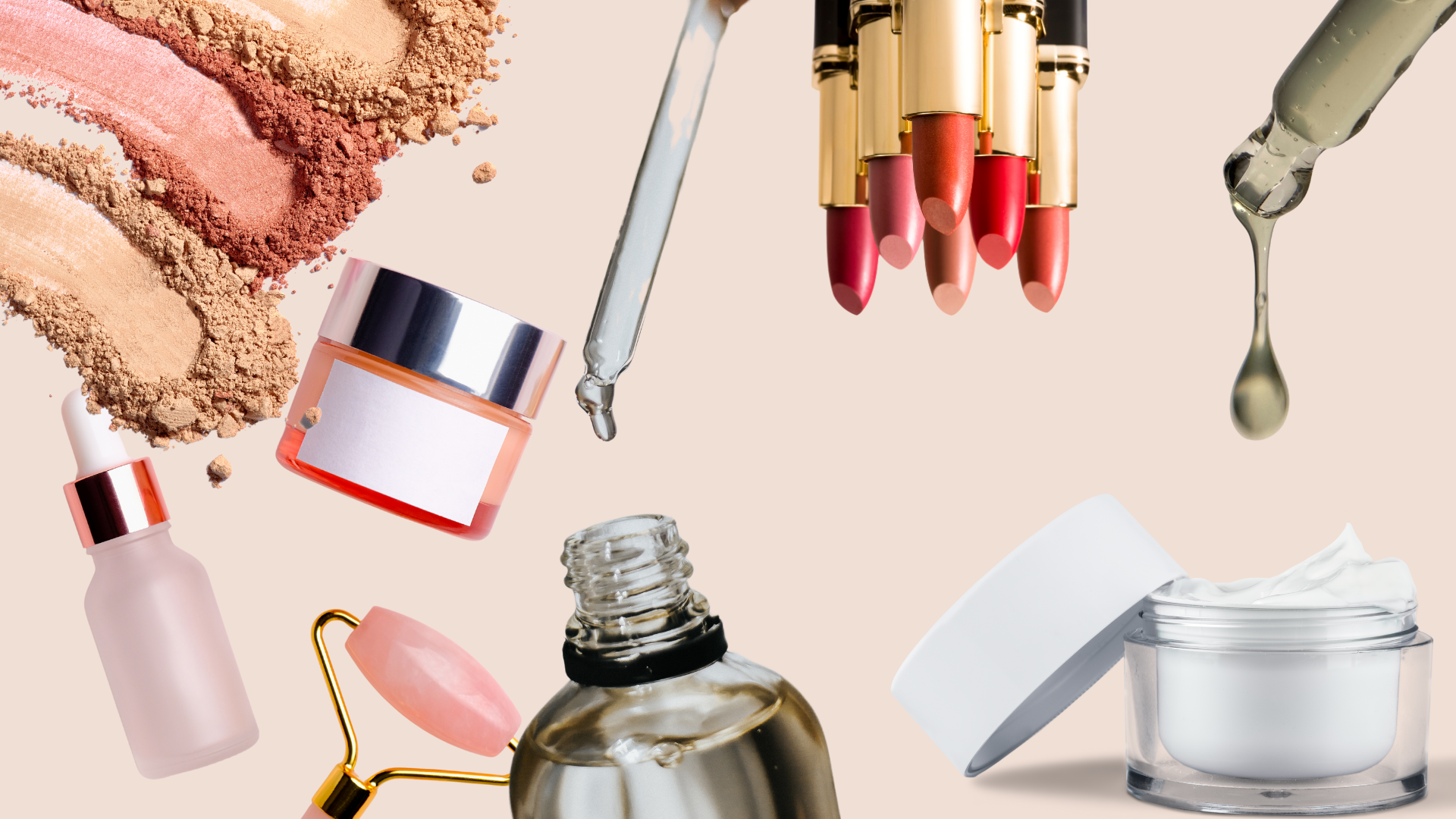The cosmetics market will not slow down its growth. So says the latest report by GXO Logistics, in which two-thirds of those surveyed for the report say that cosmetic products are essential or very important to them and one-third say that their beauty routine contributes to their overall wellbeing. In addition, 66% say that using beauty products is relaxing and therapeutic.
The challenge now is for companies, who face the major challenge of ensuring speed and sustainability while maintaining efficiency in supply chains.
On the other hand, the report highlights something that was already known in the sector and that is that social networks have become the main channel for discovering trends. Some 70% of on-trend product purchases come from one or more digital channels, and 90% of purchases made by Generation Z consumers. The most prominent trends of 2024 were no-make-up make-up, minimalism and clean beauty.
Despite the trends, both online and offline, consumers are prioritising price and quality over quantity, and are becoming increasingly informed and aware. In fact, 64% consider price and quality crucial when choosing skincare products, 57% when buying make-up and another 64% for hair products. Along these lines, respondents consume on average four beauty products and 58% of them are mid-range or luxury.
The physical shop, on the other hand, continues to be the most chosen for beauty with 72% and 76% of consumers for make-up. E-commerce is also gaining ground and is the preferred choice for almost half of the users (47%) who took part in the analysis carried out by GXO.
Personalisation is redefining the industry, allowing changes in everything from packaging to ingredients. 39% of consumers expect personalised recommendations at the point of purchase and 28% are looking for fully personalised options based on their specific needs. This has triggered the need for virtual testers or wizards or real-time demonstrations. In fact, hyper-personalisation, using artificial intelligence (AI) and data analytics to deliver unique shopping experiences, is a growing trend, according to GXO experts.
